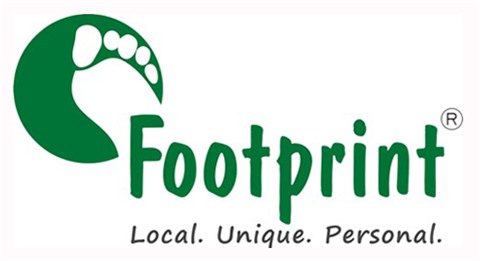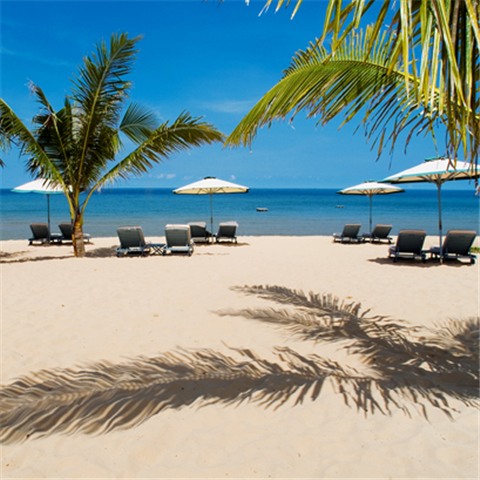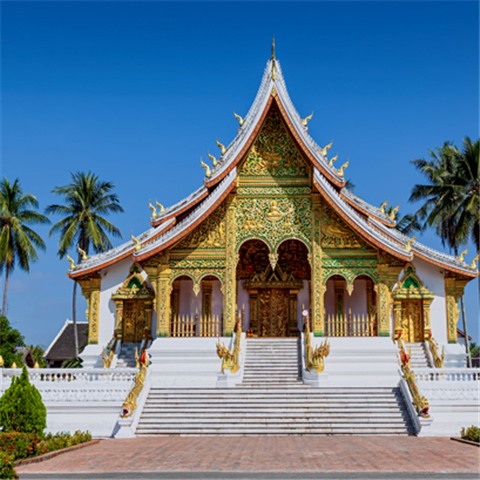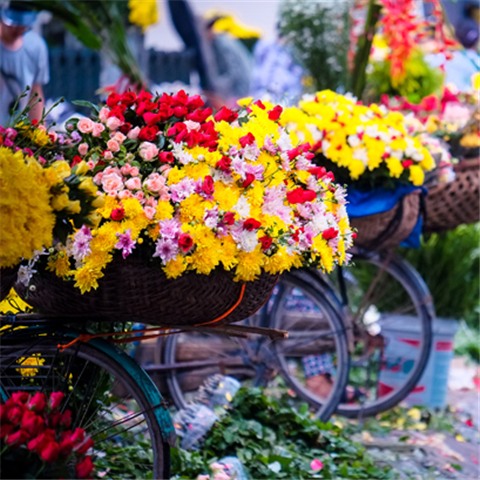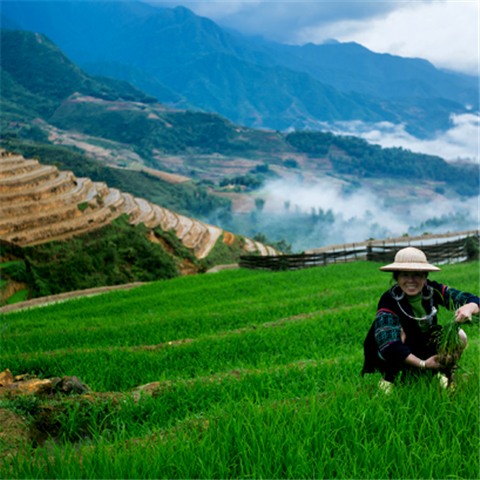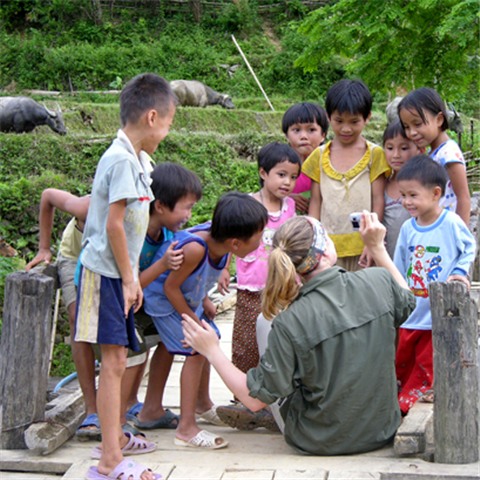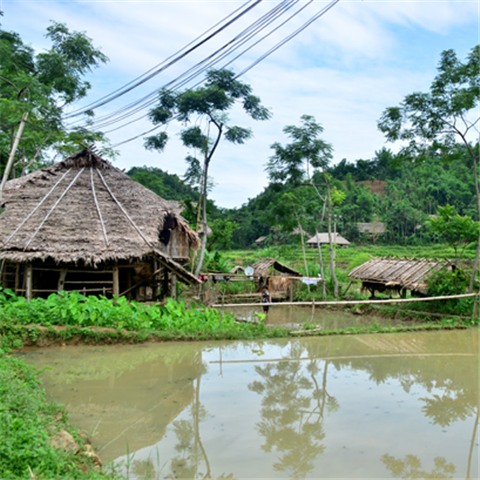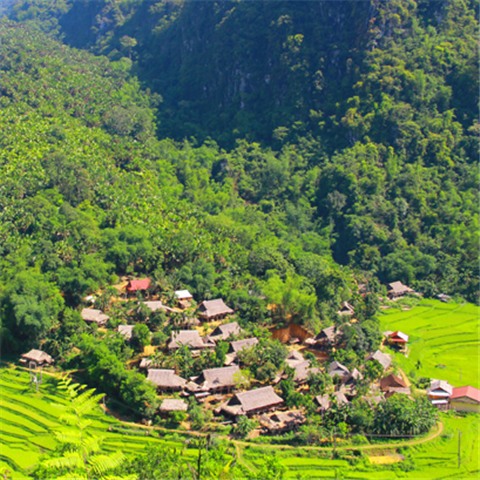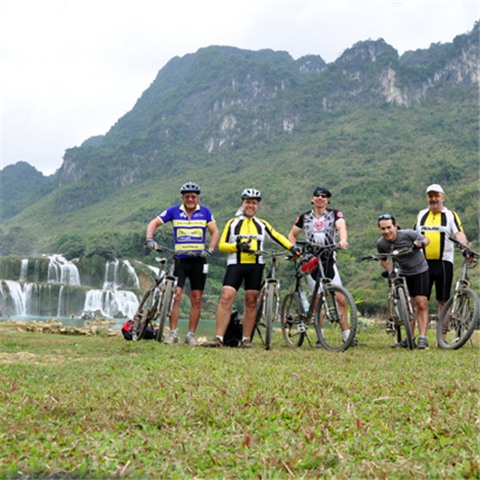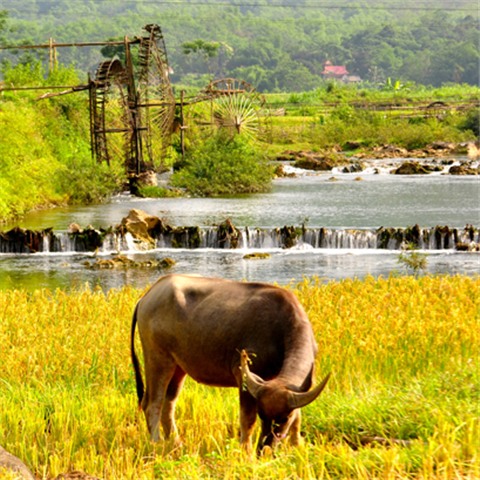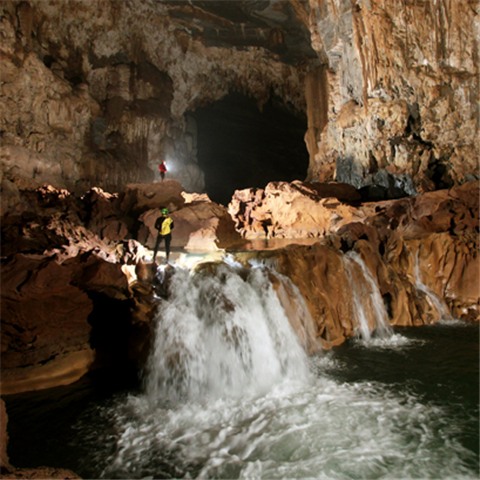Homestay in Northern Vietnam
Footprint Travel regularly runs trekking and homestay trips to the hill tribe communities in Northern Vietnam. From that time much has changed in the colourful hilltribe village, although successful trips continue to happen. Listening to our past clients who have gone on our 3 and 4 day trekking tour in this mountainous region, we have heard that to make the trips that much better, we need to be more diligent in providing information on ‘what to expect’ when visiting the homestays.
So, when visiting the homestays, what should you expect?
Well, the trekking to the villages can be varied from a beginner to an intermediate level. If it is raining then the treks do become slippery and muddy, but doable. The rubber boots available in the region for $5 are highly recommended.
The homestays are at tradition houses of ethnic minority families which are quite large and built from wood. There is very little natural light in the houses as they are not often built with many windows. The bed rooms for guests are built as an addition to the house and offer very simple, rustic amenities such as a bed, straw mattress, small pillow and blankets. Mosquito nets are provided as well. One should not expect any form of luxury. To stress how basic the rooms are, these are as authentic as it gets! The design and construction of the hilltribe homes and beds have changed very little in nearly 100 years. Rest assured, you will be protected from the elements as the homes are very safe and sturdy.
To walk around the house, it is best to take off your boots and slide into a pair of the plastic sandals.
What are the bathrooms like?
The bathrooms are almost always squat toilets. They are clean and flushable and do offer privacy. The is aways running water, however sinks are a luxury. The water comes from the mountains, and although it is not safe to drink, it is often used by guests to brush their teeth with.
Very few of the home stays have showers, bucket showers are the norm. However, hill tribes do offer herbal baths (between $3 – 6) that are excellent. A must-do! They take a couple of hours to prepare so be sure to take the time into consideration. Best to take one before or after dinner.
How is the food?
The food is a mix of traditional hill tribe food, Vietnamese food, and some Western comfort options. Hill tribe food is traditionally smoked pork, or ginger spiced chicken. There are also a range of local vegetables that are often available depending on the season (less options occurring in the winter). Stir fried meat and veggies, spring rolls, tofu and tomatoes are also usually on the menu. As well, some of the best french fries, (yes, french fries!) you may ever have are often freshly cut and fried with garlic. The set menu changes frequently with the season just so you are aware. Pancakes, noodle soup, fruit, and / or eggs are the usual options for breakfast. Rice wine is also traditionally served at ever meal, but beer, water, coffee, tea, and soda can be purchased at the homestay or local store (water, tea and coffee are provided on Footprint tours!).
Are there any dangers or annoyances?
Like every destination there are a few dangers and annoyances. The traditional way of cooking is over open flame. This is still true to this day. At dinner time, with all the cooking that goes on, the house does get quite smokey. There are covered areas outside if you need to seek refuge.
Mosquitos will bug you, but they are not terrible (just being bug repellant and use the mosquito net provided); and dogs will bark at you, but your Footprint guide will protect you; and the roosters will cockle-doodle-doo very early in the morning, but its just the signal that you should get up and see what’s going on in the village!
If at any time you are uncomfortable, feeling ill, or annoyed please let your Footprint guide know! It is our duty to ensure that you have the best experience possible!
Can people speak English in hill tribe villages in Northern Vietnam?
Five years ago, very few people could speak English, and even very little Vietnamese was spoken in the villages. Today that is changing due to tourism and the projects that have delivered training here. Some of the homestay’s hosts and locals can speak English, not a lot, but enough that you can become acquainted.
Anything else I should know?
Yes, the hilltribe culture could be described as welcoming but shy. Do your best to humbly initiate things like helping with the cooking, working in the fields, and dressing up in the local costumes. The more you participate the richer the experience. Just remember to ask politely.
Finally, there is cultural etiquette that should be followed. Notably, do not wear all white into the villages, and do not touch peoples heads. Also, do not take pictures, especially close-ups of the infants in the village – even if they locals say its okay, it’s really not. For others, just ask you guide, or ask your local homestay owner. Learning about the culture is an important part of these types of tours!
We, at Footprint Vietnam Travel know that there are so many questions that you may about the homestays. Please feel free to comment below and we will try and get to your comments as soon as we can! You can also email us at info @ footprint.vn if you like!
ready for an adventure with us
Here are the nominees
